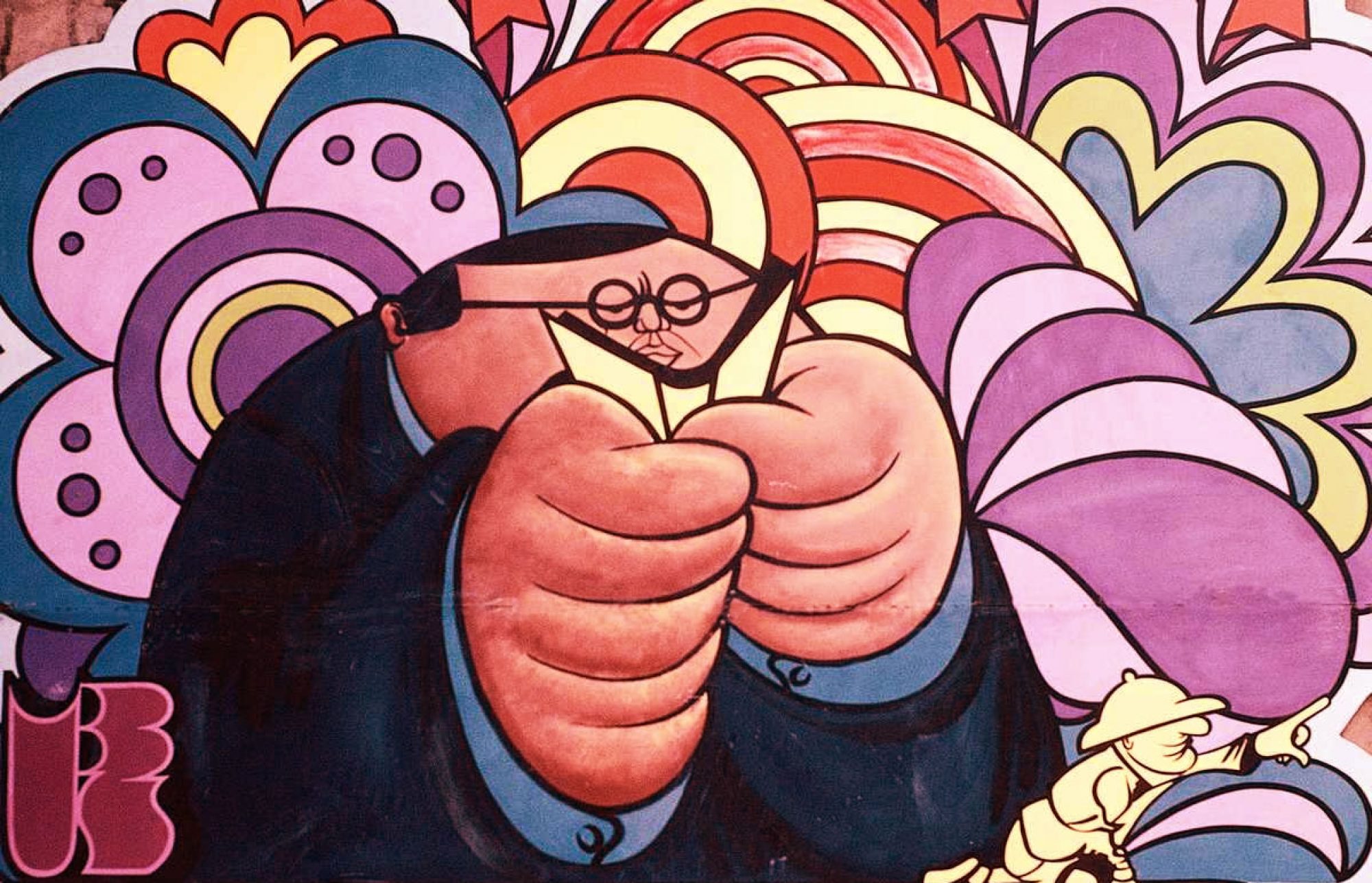The Rising Tide, M.J. Farrell ( Molly Keane )
In 1900 Lady Charlotte French-McGrath is mistress of Garonlea, a huge gothic house in Ireland. She rules her household and her family — husband Ambrose and children Muriel, Enid, Violet, Diana and Desmond — with a rod of iron. Desmond’s marriage to the beautiful, lively Cynthia and, several years later, the onset of the First World War are the two events which finally, and irrevocably, break Lady Charlotte’s matriarchal hold. Cynthia enters the Jazz Age and on the surface her life passes in a whirl of fox-hunting, drinking and love-making. But the ghosts of Garonlea are only biding their time: they know the source of their power, a secret handed on from one generation to the next.
( from the sleeve, 320 pages )
The Forsyte Saga ( The Man Of Property, In Chancery, To Let ) , John Galsworthy
The Forsyte Saga is a series of three novels and two interludes published between 1906 and 1921 by John Galsworthy. They chronicle the vicissitudes of the leading members of an upper-middle-class British family. Only a few generations removed from their farmer ancestors, the family members are keenly aware of their status as “new money”.
( Courtesy Of Biblio, 872 pages )
Six Great Modern Plays: Anton Chekhov, Henry Isben, Sean O’Casey, George Bernard Shaw, Arthur Miller, Tennessee Williams
ABOUT SIX GREAT MODERN PLAYS
Six Great Plays: Tennessee Williams’ “The Glass Menagerie”; Arthur Miller’s “All My Sons”; Anton Chekhov’s “Three Sisters”; Henrik Ibsen’s “The Master Builder”; George Bernard Shaw’s “Mrs. Warren’s Profession”; and Sean O’Casey’s “Red Rose for Me.”
( Courtesy of PenguinRandomHouse, 512 pages )
Saint Joan, Bernard Shaw
One of Shaw’s most unusual and enduringly popular plays. With SAINT JOAN (1923) Shaw reached the height of his fame and Joan is one of his finest creations; forceful, vital, and rebelling against the values that surround her. The play distils Shaw’s views on the subjects of politics, religion and creative evolution.
( Courtesy of GoodReads, 160 pages )
Henry Esmond, William M. Thackeray
New Grub Street, George Gissing
In New Grub Street George Gissing re-created a microcosm of London’s literary society as he had experienced it. His novel is at once a major social document and a story that draws us irresistibly into the twilit world of Edwin Reardon, a struggling novelist, and his friends and acquaintances in Grub Street including Jasper Milvain, an ambitious journalist, and Alfred Yule, an embittered critic. Here Gissing brings to life the bitter battles (fought out in obscure garrets or in the Reading Room of the British Museum) between integrity and the dictates of the market place, the miseries of genteel poverty and the damage that failure and hardship do to human personality and relationships.
( courtesy of GoodReads, 422 pages )
The Secret Agent, Joseph Conrad
Joseph Andrews and Shamela, Henry Fielding
Henry Fielding wrote both Joseph Andrews (1742) and Shamela(1741) in response to Samuel Richardson’s book Pamela (1740), of which Shamela is a splendidly bawdy travesty. Joseph Andrews begins as a parody, too, but soon outgrows its origins, and its deepest roots lie in Cervantes and Marivaux. In both stories, Fielding demonstrates his concern for the corruption of contemporary society, politics, religion, morality, and taste.
This revised and expanded edition follows the text of Joseph Andrews established by Martin C. Battestin for the definitive Wesleyan Edition of Fielding’s works. The text of Shamela is based on the first edition, and two substantial appendices reprint the preliminary matter from the second edition of Richardson’s Pamela and Conyers Middleton’s Life of Cicero, which is also closely parodied in Shamela. This Oxford World’s Classics edition also features a new introduction by Thomas Keymer which situates Fielding’s works in their critical and historical contexts.
( courtesy of goodreads, 410 pages )

